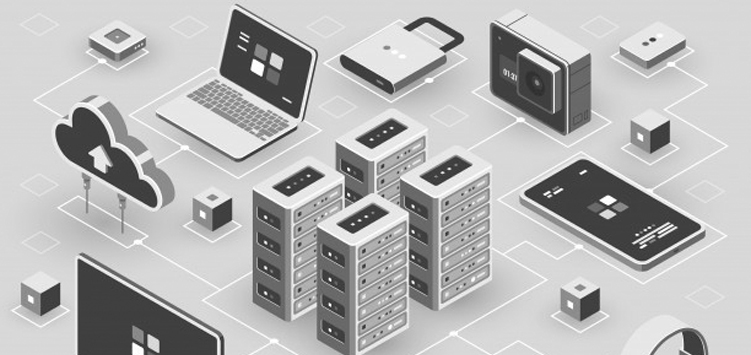The Right Cloud
It is a foregone conclusion that cloud computing has redefined storage and hosting in the present times. The use of the Cloud is no longer the prerogative of large enterprises. Even individuals are using various online file storage applications like Google Drive, Dropbox among others.
THE CLOUD TAXONOMIES
A private cloud, as the term suggests, involves a secure environment that is accessible only to the client. It is similar to other cloud-based environments, but additional security is available to users through a distinct pool of PCs that can be accessed across private leased lines or secure encrypted connections in public networks. On the other hand, the public cloud allows access to multiple clients who access data from the same set of servers. For organizations that require a high degree of privacy and security, a private cloud is an obvious choice. The other benefits of private cloud include cost and energy efficiency and greater reliability. Meanwhile, data centers are located on the organization’s premises and mostly run by an in-house IT department.
A company that prefers complete control over data and infrastructure, and which runs varied and complex workloads will do good to have a data center. However, a physical data center is not as scalable as a cloud, while on the other hand, it offers unmatched security.
Increasingly many organizations are faced with a shortage of bandwidth to monitor cloud infrastructure. This is where managed third-party cloud providers come in. They provide granular visibility into highly dispersed cloud infrastructure, which native cloud monitoring tools may not be able to provide. Some of the main features of a third-party cloud include:
- Management of dispersed cloud environment: One of the biggest benefits of third-party tools is allowing administrators, visibility into the operations of all data center locations. They enable monitoring everything from application load-balancing to even managing user accounts.
- Monitoring SLAs: By making sure SLAs are met, the admin can ensure that the cloud environment is operating to its fullest capacity.
- Disaster recovery: A third-party tool can help enhance disaster recovery functionality thereby ensuring high availability.
- Process automation: Some of the key processes in the cloud environment can be easily automated using a third-party cloud tool.
- Costing: A feature of a third-party tool like chargeback, will be helpful for organizations that like to place a value on different departments trying to access specific cloud workloads. With this, administrators will be able to forecast department-wise growth and work with budgeting to suit the needs of IT.
TRENDS IN HOSTING AND STORAGE
Virtual containers or Container as a Service (CaaS): A container is an easy way to package applications and carry them across different operating systems. This allows easy onsite hosting, while the more traditional Software as a Service (SaaS) comes with added costs.
Hybrid cloud vs multi public clouds: Enterprises are likely to still consider public cloud as opposed to hybrid cloud, given the cost, time and skills needed to manage infrastructure on-premise and data on the cloud. But the concept of a hybrid cloud is here to stay.
Mobile collaboration: In the age of mobile devices, it is more convenient to share /store information on the cloud using mobile devices against offline virtual desktops. The big names in software, including Microsoft, are all going mobile
Guidelines/regulatory policies governing the use of cloud in India
Cloud computing involves a relatively complex data processing relationship owing to its unique characteristics. This makes it difficult for national data protection authorities to asset jurisdiction over data processing operations. The customer normally doubles as a data controller and is required to carry out due diligence before signing a contract. The responsibilities need to be reflected as accurately as possible in the contract. It will be helpful if both the vendors and customers consider the following data protection issues:
Liability: India, along with many other countries, makes cloud providers liable for any illegal data they may host. As of now, location is an important factor in undertaking cybercrime investigations. Also, if the service provider proves that he has no knowledge of the illegal nature of information and removes or blocks illegal data, their liability can be rescinded.
Law: Our laws specify accountability for data accuracy and security within an organization. For example, the CEO and CFO will have joint responsibility for financial data, while other data may require a security position in the organization.
Compliance: Rules and regulations will need to be published, along with privacy policy and user agreement
Data portability: Refers to the free flow of people’s personal information across the Internet and within their control. It has now become a standard term in the Internet industry in the context of cloud computing, open standards, and privacy
Indemnity: As of today, there are not many measures available to mitigate risk related to service disruptions, or damages caused to the information provider. But the information provider needs to be aware of a third-party infringement of intellectual property rights and data breach.
Most Read
May 28, 2019
Driving Operational Excellence Through Design Thinking
February 11, 2020
The Art of Data Science
June 12, 2019
Financial Inclusion through Digital Diversification





